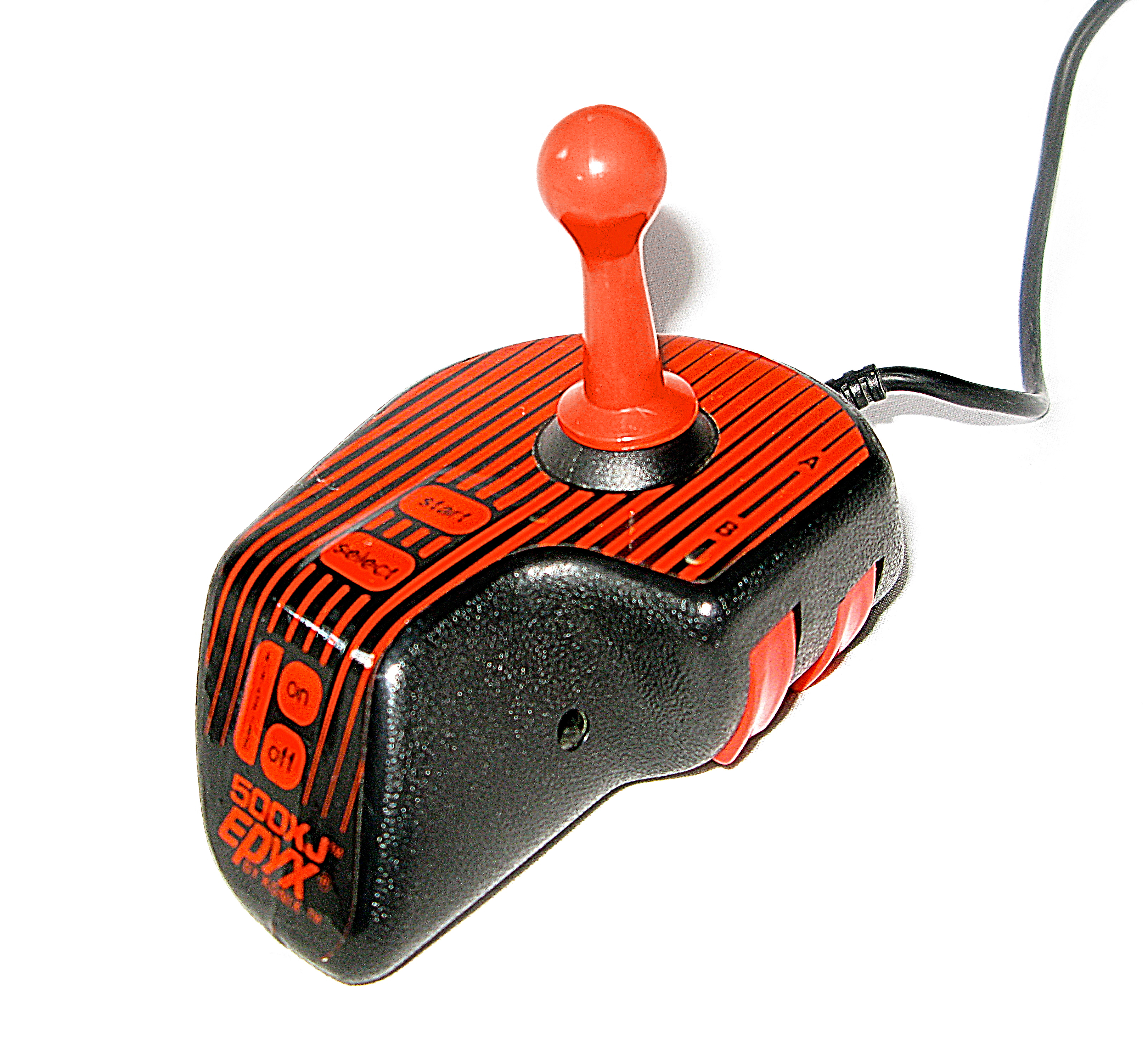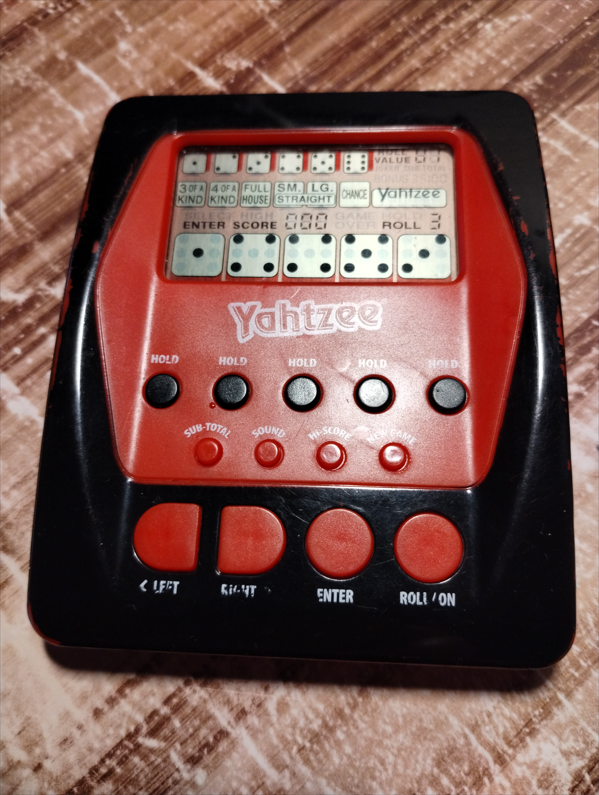|
Jumpman Junior
''Jumpman Junior'' is a platform game written by Randy Glover and published by Epyx in 1983 for the Atari 8-bit family and Commodore 64. In 1984, a port was released for ColecoVision in Australia, France, Germany, Italy and the UK. It is a follow-up to ''Jumpman (video game), Jumpman'' (1983). While ''Jumpman'' has 30 levels, ''Jumpman Junior'' has 12–all of which are different from the previous game. The game was reduced in scope so it could be released in cartridge form. Gameplay ''Jumpman Junior'' has the same gameplay as ''Jumpman (video game), Jumpman'' but with new levels. The goal is to disarm the bombs before they explode. To reach the bombs the player must navigate up platforms, ladders, and ropes by jumping and climbing. Each level has a different theme and different obstacles. There are 12 levels and 8 game speeds. Reception ''Antic (magazine), Antic'' liked the "excellent" graphics, and faulted it only for the way it started over from the beginning after losing a ... [...More Info...] [...Related Items...] OR: [Wikipedia] [Google] [Baidu] |
Epyx
Epyx, Inc. was a video game developer and publisher active in the late 1970s and 1980s. The company was founded as Automated Simulations by Jim Connelley and Jon Freeman, originally using Epyx as a brand name for action-oriented games before renaming the company to match in 1983. Epyx published a long series of games through the 1980s. The company is currently owned by Bridgestone Multimedia Group Global. History Formation In 1977, Susan Lee-Merrow invited Jon Freeman to join a Dungeons & Dragons game hosted by Jim Connelley and Jeff Johnson. Connelley later purchased a Commodore PET computer to help with the bookkeeping involved in being a dungeon master, and came up with the idea of writing a computer game for the machine before the end of the year so he could write it off on his taxes. Freeman had written on gaming for several publications, and joined Connelley in the design of a new space-themed wargame. Starting work around August 1978, Freeman wrote the basic rules, missio ... [...More Info...] [...Related Items...] OR: [Wikipedia] [Google] [Baidu] |
Computer And Video Games
''Computer and Video Games'' (also known as ''CVG'', ''Computer & Video Games'', ''C&VG'', ''Computer + Video Games'', or ''C+VG'') was a UK-based video game magazine, published in its original form between 1981 and 2004. Its offshoot website was launched in 1999 and closed in February 2015. ''CVG'' was the longest-running video game media brand in the world. History ''Computer and Video Games'' was established in 1981, being the first British games magazine. Initially published monthly between November 1981 and October 2004 and solely web-based from 2004 onwards, the magazine was one of the first publications to capitalise on the growing home computing market, although it also covered arcade games. At the time of launch it was the world's first dedicated video games magazine. The first issue featured articles on ''Space Invaders'', Chess, Othello and advice on how to learn programming. The magazine had a typical ABC of 106,000. Website Launched in August 1999, CVG was o ... [...More Info...] [...Related Items...] OR: [Wikipedia] [Google] [Baidu] |
Video Games About Terrorism
Video is an electronic medium for the recording, copying, playback, broadcasting, and display of moving visual media. Video was first developed for mechanical television systems, which were quickly replaced by cathode-ray tube (CRT) systems which, in turn, were replaced by flat panel displays of several types. Video systems vary in display resolution, aspect ratio, refresh rate, color capabilities and other qualities. Analog and digital variants exist and can be carried on a variety of media, including radio broadcast, magnetic tape, optical discs, computer files, and network streaming. History Analog video Video technology was first developed for mechanical television systems, which were quickly replaced by cathode-ray tube (CRT) television systems, but several new technologies for video display devices have since been invented. Video was originally exclusively a live technology. Charles Ginsburg led an Ampex research team developing one of the first practical video ... [...More Info...] [...Related Items...] OR: [Wikipedia] [Google] [Baidu] |
Video Games About Bomb Disposal
Video is an electronic medium for the recording, copying, playback, broadcasting, and display of moving visual media. Video was first developed for mechanical television systems, which were quickly replaced by cathode-ray tube (CRT) systems which, in turn, were replaced by flat panel displays of several types. Video systems vary in display resolution, aspect ratio, refresh rate, color capabilities and other qualities. Analog and digital variants exist and can be carried on a variety of media, including radio broadcast, magnetic tape, optical discs, computer files, and network streaming. History Analog video Video technology was first developed for mechanical television systems, which were quickly replaced by cathode-ray tube (CRT) television systems, but several new technologies for video display devices have since been invented. Video was originally exclusively a live technology. Charles Ginsburg led an Ampex research team developing one of the first practica ... [...More Info...] [...Related Items...] OR: [Wikipedia] [Google] [Baidu] |
Platform Games
Platform may refer to: Technology * Computing platform, a framework on which applications may be run * Platform game, a genre of video games * Car platform, a set of components shared by several vehicle models * Weapons platform, a system or structure that carries weapons * Web platform * Platform economy (or Platform capitalism, Platformization), a structure of internet business Physical objects and features * Carbonate platform, a type of sedimentary body * Cargo platform, a pallet used to ship cargo and heavy machines by forklift or manual lift * Diving platform, used in diving * Jumping platform, naturally occurring platforms, or platforms made in an ''ad hoc'' way for cliff jumping * Oil platform, a structure built for oil production * Platform, a component of scaffolding * Platform (geology), the part of a continental craton that is covered by sedimentary rocks * Platform (shopping center) in Culver City, Greater Los Angeles, California * Theatre platform, a standa ... [...More Info...] [...Related Items...] OR: [Wikipedia] [Google] [Baidu] |
Commodore 64 Games ...
{{short description, None This is a list of games for the Commodore 64 personal computer system, sorted alphabetically. See Lists of video games for other platforms. Because of the length of the list, it has been broken down to two parts: *List of Commodore 64 games (A–M) *List of Commodore 64 games (N–Z) See also * Commodore 64 Games System * Commodore 64 The Commodore 64, also known as the C64, is an 8-bit home computer introduced in January 1982 by Commodore International (first shown at the Consumer Electronics Show, January 7–10, 1982, in Las Vegas). It has been listed in the Guinness ... [...More Info...] [...Related Items...] OR: [Wikipedia] [Google] [Baidu] |
ColecoVision Games
ColecoVision is a second-generation home video-game console developed by Coleco and launched in North America in August 1982. It was released a year later in Europe by CBS Electronics as the CBS ColecoVision. The console offered a closer experience to more powerful arcade video games compared to competitors such as the Atari 2600 and Intellivision. The initial catalog of twelve games on ROM cartridge included the first home version of Nintendo's ''Donkey Kong'' as the pack-in game. Approximately 136 games were published between 1982 and 1984, including Sega's ''Zaxxon'' and some ports of lesser known arcade games that found a larger audience on the console, such as '' Lady Bug'', ''Cosmic Avenger'', and ''Venture''. Coleco released a series of hardware add-ons and special controllers to expand the capabilities of the console. "Expansion Module #1" allows the system to play Atari 2600 cartridges. A later module converts ColecoVision into the Coleco Adam home computer. Coleco ... [...More Info...] [...Related Items...] OR: [Wikipedia] [Google] [Baidu] |
Atari 8-bit Family Games
Atari () is a brand name that has been owned by several entities since its inception in 1972. It is currently owned by French publisher Atari SA through a subsidiary named Atari Interactive. The original Atari, Inc., founded in Sunnyvale, California, in 1972 by Nolan Bushnell and Ted Dabney, was a pioneer in arcade games, home video game consoles and home computers. The company's products, such as ''Pong'' and the Atari 2600, helped define the electronic entertainment industry from the 1970s to the mid-1980s. In 1984, as a result of the video game crash of 1983, the home console and computer divisions of the original Atari Inc. were sold off, and the company was renamed Atari Games Inc. Atari Games received the rights to use the logo and brand name with appended text "Games" on arcade games, as well as the derivative coin-operated arcade rights to the original 1972–1984 arcade hardware properties. The Atari Consumer Electronics Division properties were in turn sold to Jack ... [...More Info...] [...Related Items...] OR: [Wikipedia] [Google] [Baidu] |
1983 Video Games
The year 1983 saw both the official beginning of the Internet and the first mobile cellular telephone call. Events January * January 1 – The migration of the ARPANET to TCP/IP is officially completed (this is considered to be the beginning of the true Internet). * January 24 – Twenty-five members of the Red Brigades are sentenced to life imprisonment for the 1978 murder of Italian politician Aldo Moro. * January 25 ** High-ranking Nazi war criminal Klaus Barbie is arrested in Bolivia. ** IRAS is launched from Vandenberg AFB, to conduct the world's first all-sky infrared survey from space. February * February 2 – Giovanni Vigliotto goes on trial on charges of polygamy involving 105 women. * February 3 – Prime Minister of Australia Malcolm Fraser is granted a double dissolution of both houses of parliament, for elections on March 5, 1983. As Fraser is being granted the dissolution, Bill Hayden resigns as leader of the Australian Labor Party, and in the subsequent lea ... [...More Info...] [...Related Items...] OR: [Wikipedia] [Google] [Baidu] |
C64 Direct-to-TV
The C64 Direct-to-TV, called C64DTV for short, is a single-chip implementation of the Commodore 64 computer, contained in a joystick (modeled after the mid-1980s Competition Pro joystick), with 30 built-in games. The design is similar to the Atari Classics 10-in-1 TV Game. The circuitry of the C64DTV was designed by Jeri Ellsworth, a computer chip designer who had previously designed the C-One. Tulip Computers (which had acquired the Commodore brand name in 1997) licensed the rights to Ironstone Partners, which cooperated with DC Studios and Mammoth Toys in the development and marketing of the unit. Released in late 2004, QVC purchased the entire first production run of 250,000 units and sold 70,000 of them on the first day that they were offered. Versions There exist multiple versions of the C64DTV. DTV1 (NTSC television type) comes with 2 MB ROM. It first appeared in late 2004 for the American/Canadian market. DTV2 (called ''C64D2TV'' sometimes) is a revised version for the Eu ... [...More Info...] [...Related Items...] OR: [Wikipedia] [Google] [Baidu] |
Electronic Games
An electronic game is a game that uses electronics to create an interactive system with which a player can play. Video games are the most common form today, and for this reason the two terms are often used interchangeably. There are other common forms of electronic game including handheld electronic games, standalone systems (e.g. pinball, slot machines, or electro-mechanical arcade games), and exclusively non-visual products (e.g. audio games). Teletype games The earliest form of computer game to achieve any degree of mainstream use was the text-based Teletype game. Teletype games lack video display screens and instead present the game to the player by printing a series of characters on paper which the player reads as it emerges from the platen. Practically this means that each action taken will require a line of paper and thus a hard-copy record of the game remains after it has been played. This naturally tends to reduce the size of the gaming universe or alternatively to requi ... [...More Info...] [...Related Items...] OR: [Wikipedia] [Google] [Baidu] |
Atari 8-bit Family
The Atari 8-bit family is a series of 8-bit home computers introduced by Atari, Inc. in 1979 as the Atari 400 and Atari 800. The series was successively upgraded to Atari 1200XL , Atari 600XL, Atari 800XL, Atari 65XE, Atari 130XE, Atari 800XE, and Atari XEGS, the last discontinued in 1992. They differ primarily in packaging, each based on the MOS Technology 6502 central processing unit, CPU at and the same custom coprocessor chips. As the first home computer architecture with coprocessors, it has graphics and sound more advanced than most contemporary machines. Video games were a major draw, and first-person space combat simulator ''Star Raiders'' is considered the platform's killer app. The plug-and-play peripherals use the Atari SIO serial bus, with one developer eventually also co-patenting USB. While using the same internal technology, the Atari 800 was sold as a high-end model, while the 400 was more affordable. The 400 has a pressure-sensitive, spillproof membrane keyboar ... [...More Info...] [...Related Items...] OR: [Wikipedia] [Google] [Baidu] |






